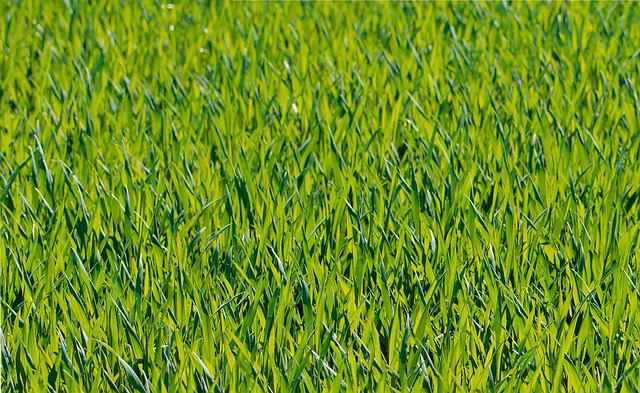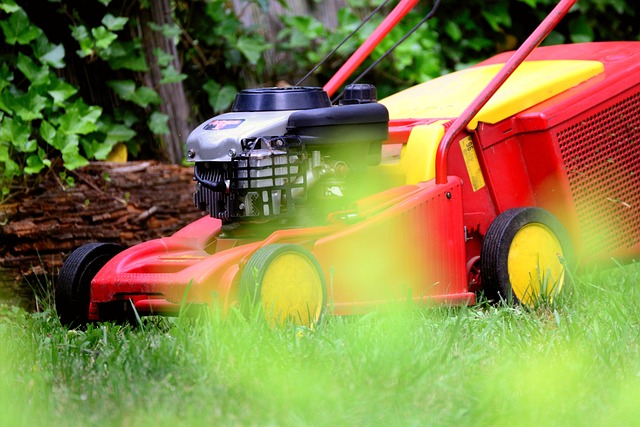Lawn diseases like fungal infections and grub infestations are common challenges in Castle Pines due to its lush greenery and specific climate, requiring proactive vegetation management for utility easements. Experts in lawn care diagnose and treat these issues using advanced tools, considering local conditions, and develop tailored plans to maintain landscape health. Preventive measures include regular inspections, proper hydration, fertilization, and quick response to symptoms, alongside IPM techniques and disease-resistant plants. This holistic approach ensures a healthy landscape, enhances aesthetics, and safeguards utility infrastructure.
Lawn plant diseases can devastate the health and aesthetics of your property, especially in areas with high vegetation density like Castle Pines. Understanding these diseases and enlisting expert help is crucial for effective management of utility easement vegetation. This article guides you through common lawn issues specific to Castle Pines, highlights the pivotal role of specialists in disease diagnosis, and offers strategic preventions and treatments for plant diseases on easements, ensuring optimal vegetation management.
- Understanding Lawn Plant Diseases: Common Issues in Castle Pines
- The Role of Experts in Diagnosing and Managing Utility Easement Vegetation
- Effective Strategies for Preventing and Treating Plant Diseases on Easements
Understanding Lawn Plant Diseases: Common Issues in Castle Pines

Lawn plant diseases can be a common occurrence, especially in areas with specific climatic conditions and vegetation types. In Castle Pines, where lush greenery thrives, several issues frequently arise. One of the most visible is fungus-related diseases, characterized by discolored patches on grass blades, often leading to wilting and eventual death if left untreated. These fungal infections are often exacerbated by poor drainage or overwatering, common challenges in the region’s picturesque landscapes.
Another prevalent problem is insect infestations, with grubs being a particular concern for Castle Pines’ vegetation management for utility easements. Grubs, the larvae of beetles, feed on grass roots, causing large-scale damage and leading to bare spots in lawns. Expert diagnosis is crucial here, as proper treatment involves identifying the specific insect species and employing targeted pesticides or biological control methods. Effective vegetation management strategies are essential not only for maintaining the aesthetic appeal of residential areas but also for ensuring the longevity of utility easements, keeping them free from obstructing vegetation growth.
The Role of Experts in Diagnosing and Managing Utility Easement Vegetation

In the realm of lawn and landscape care, especially in areas like Castle Pines where utility easements are common, experts play a pivotal role in diagnosing and managing vegetation. These professionals are equipped to handle the unique challenges posed by easement vegetation, which often includes identifying and treating diseases that can affect these plants. With their specialized knowledge, they can accurately pinpoint issues such as fungal infections, nutrient deficiencies, or pest infestations, all of which may go unnoticed by untrained eyes. Early detection is crucial for effective management; experts understand this and employ advanced diagnostic tools to swiftly determine the root causes of any problems.
Beyond diagnosis, these specialists are also vital in developing and implementing tailored management plans. They consider factors like local climate, soil conditions, and the specific types of vegetation present. This holistic approach ensures that the chosen management strategies not only address current issues but also prevent future outbreaks. By carefully managing utility easement vegetation, experts help maintain a healthy landscape, enhance aesthetics, and ensure the reliable operation of essential services beneath the surface.
Effective Strategies for Preventing and Treating Plant Diseases on Easements

In the realm of vegetation management, particularly for utility easements like those found in Castle Pines, a proactive approach to plant disease prevention is key. Regular inspections and monitoring are essential strategies to identify potential issues early on. Maintaining proper hydration and fertilization routines can bolster the resilience of plants against diseases. Additionally, ensuring adequate air circulation and avoiding overcrowding promotes healthy growth, acting as a safeguard against many fungal and bacterial infections.
For effective treatment, quick response is vital. As soon as symptoms like discolored leaves or unusual growth patterns appear, take action. Isolating affected plants can prevent the spread of disease. Employing integrated pest management (IPM) techniques, which integrate biological, cultural, and chemical methods, offers a holistic solution. Utilizing disease-resistant plant varieties and practicing good gardening hygiene, such as disinfecting tools between uses, further strengthens the preventive measures for Castle Pines’ easement vegetation management.
In the context of Castle Pines, proper vegetation management for utility easements is paramount. By understanding common lawn plant diseases and employing effective prevention and treatment strategies, residents can maintain healthy landscapes. Expert diagnosis plays a crucial role in this process, ensuring tailored solutions that address specific issues. With these measures in place, it’s possible to prevent and manage plant diseases on easements, fostering a vibrant and sustainable environment for all.
